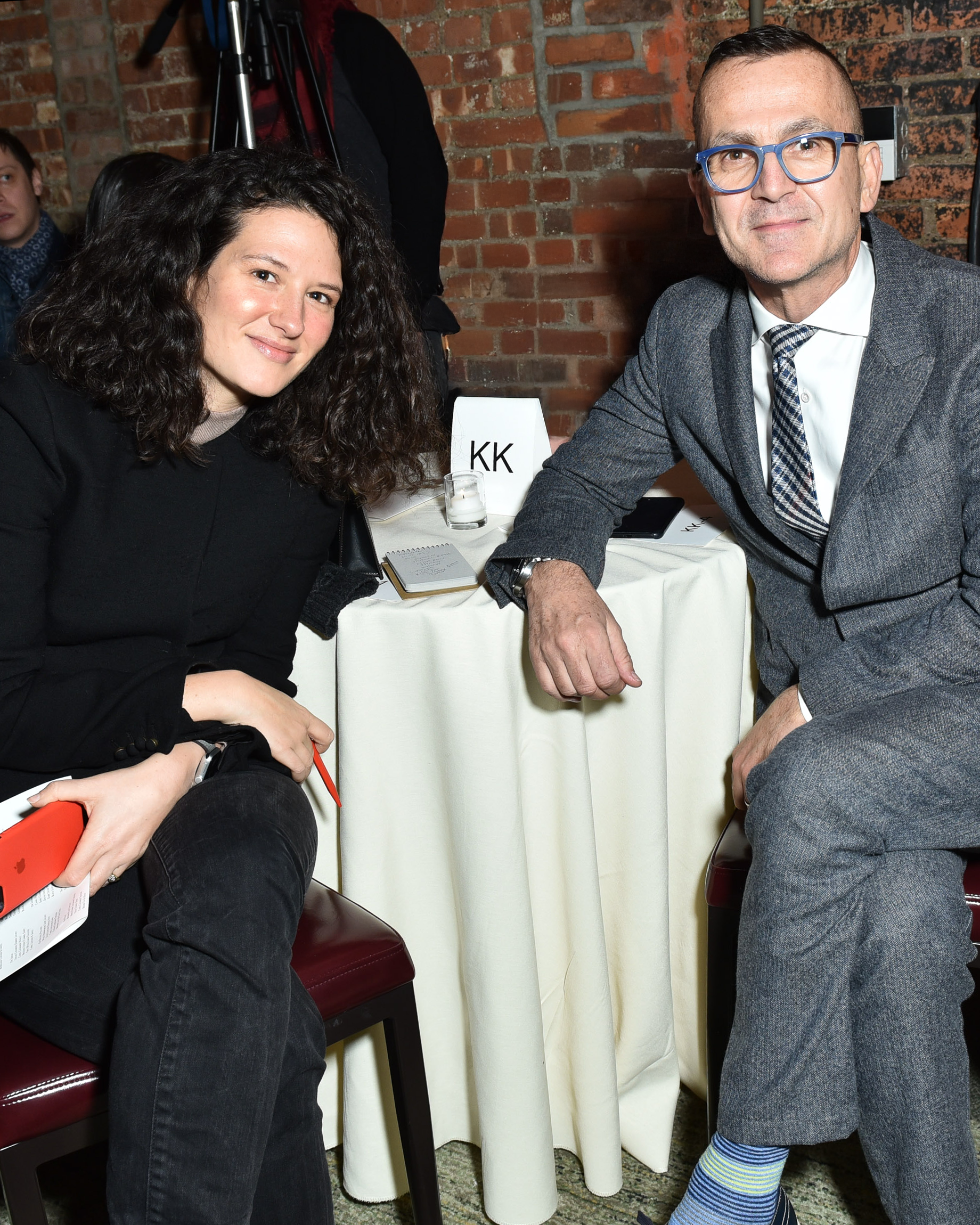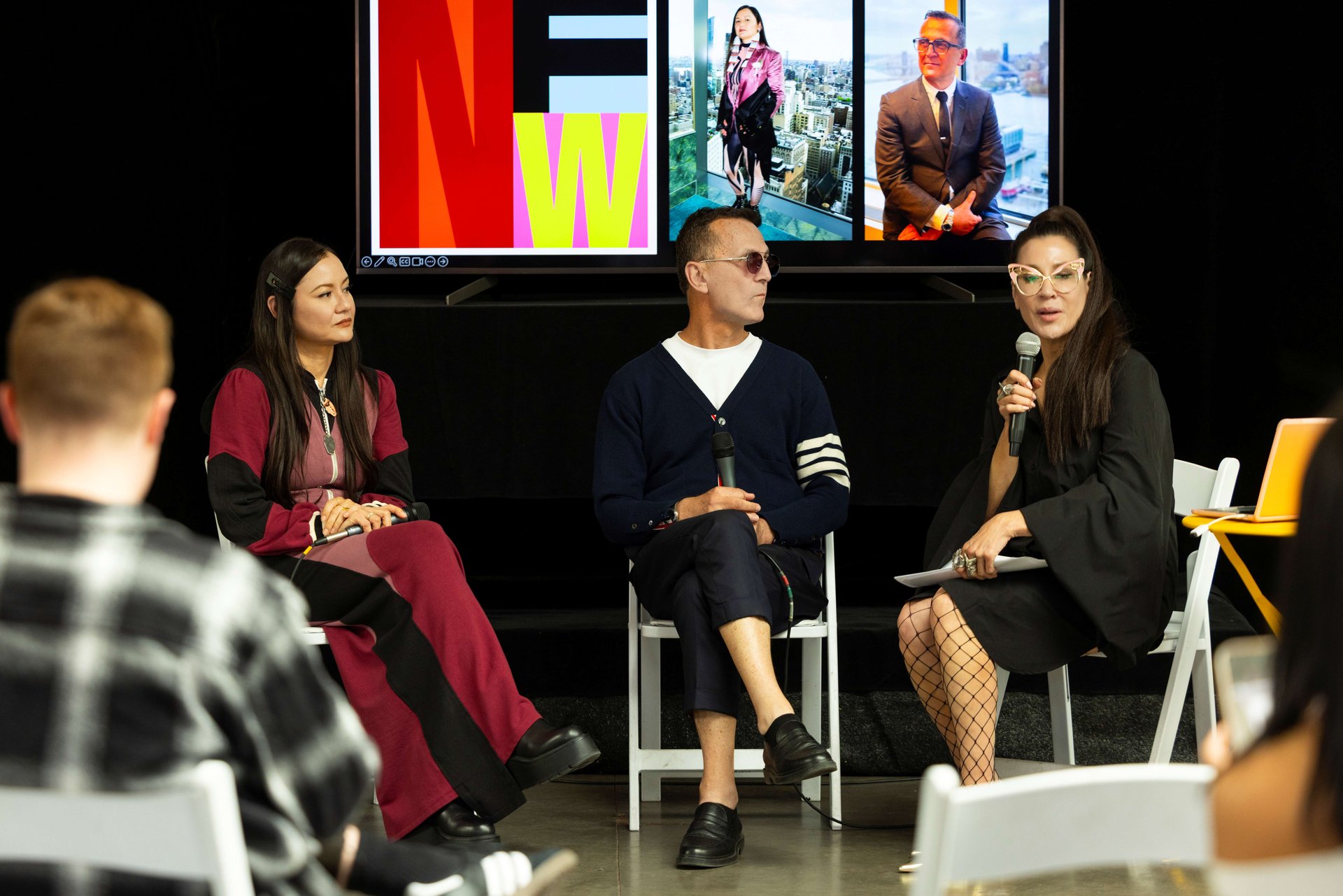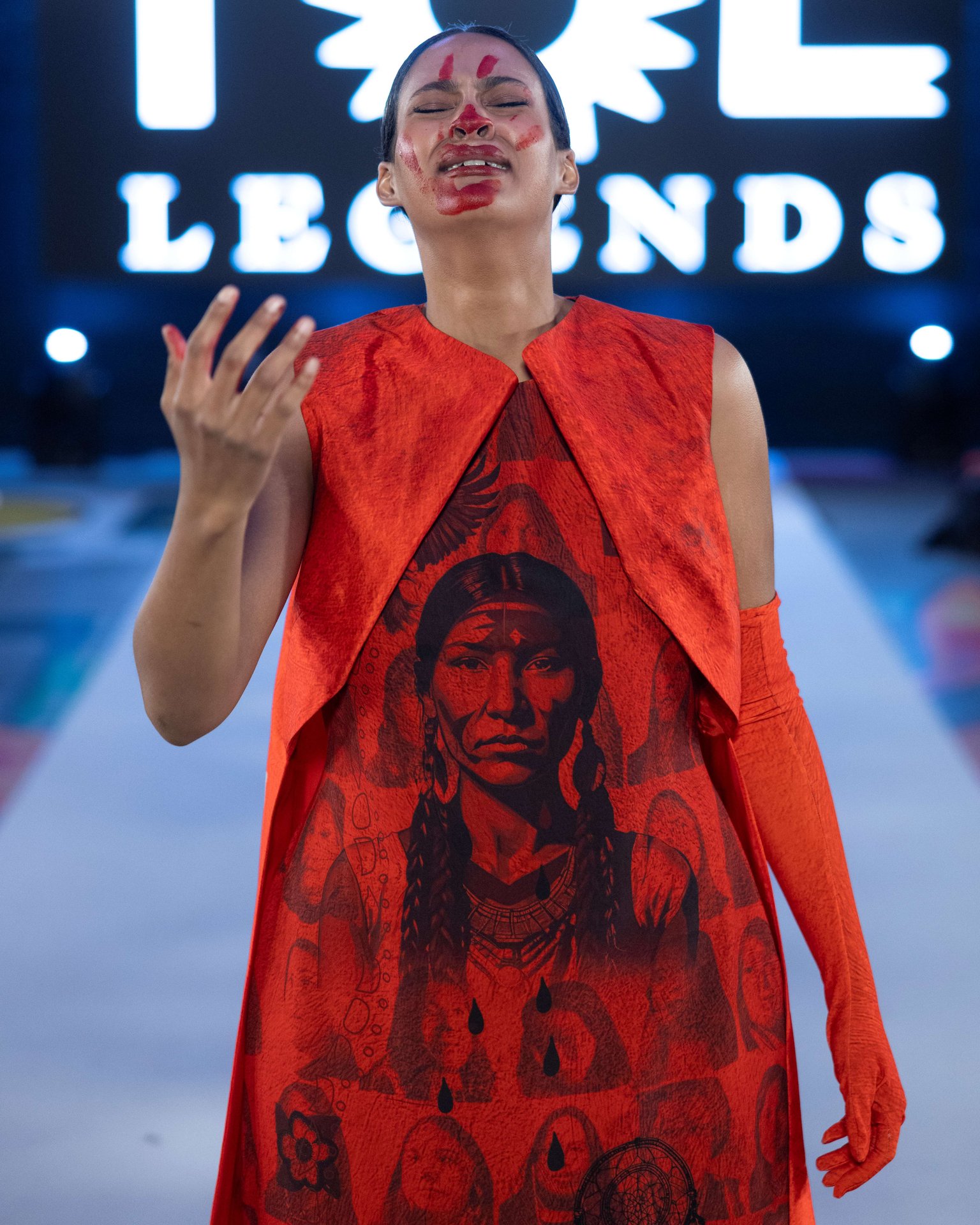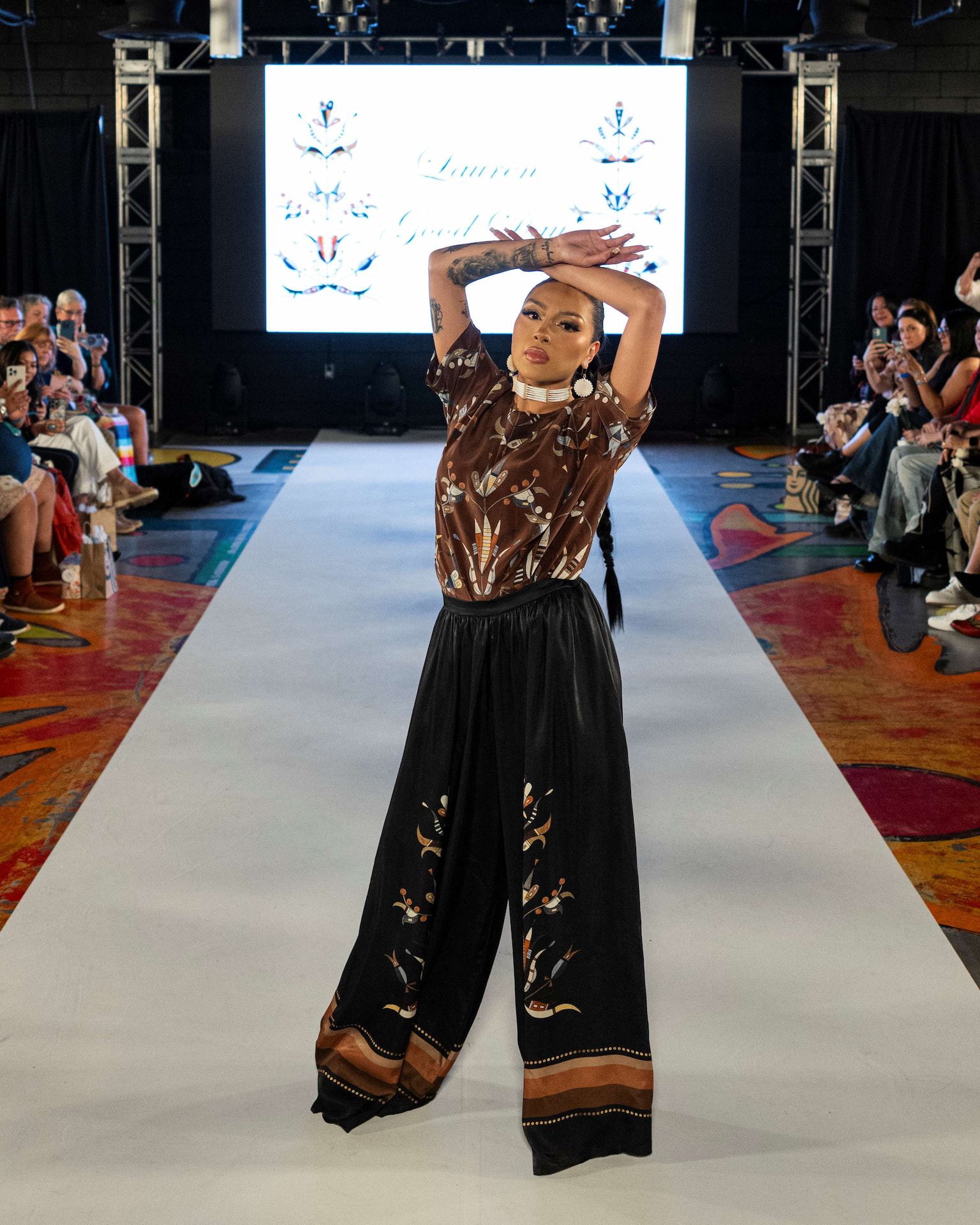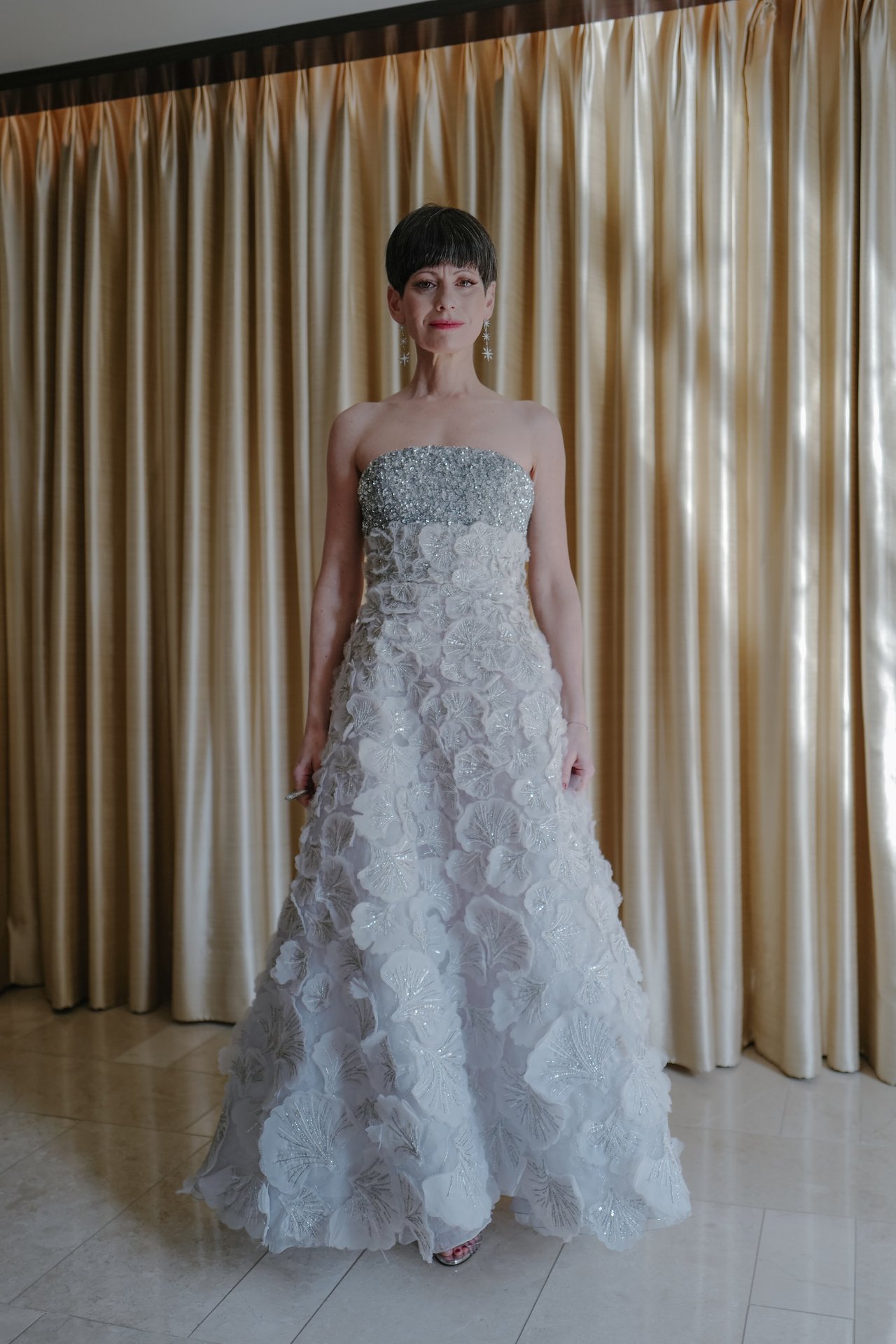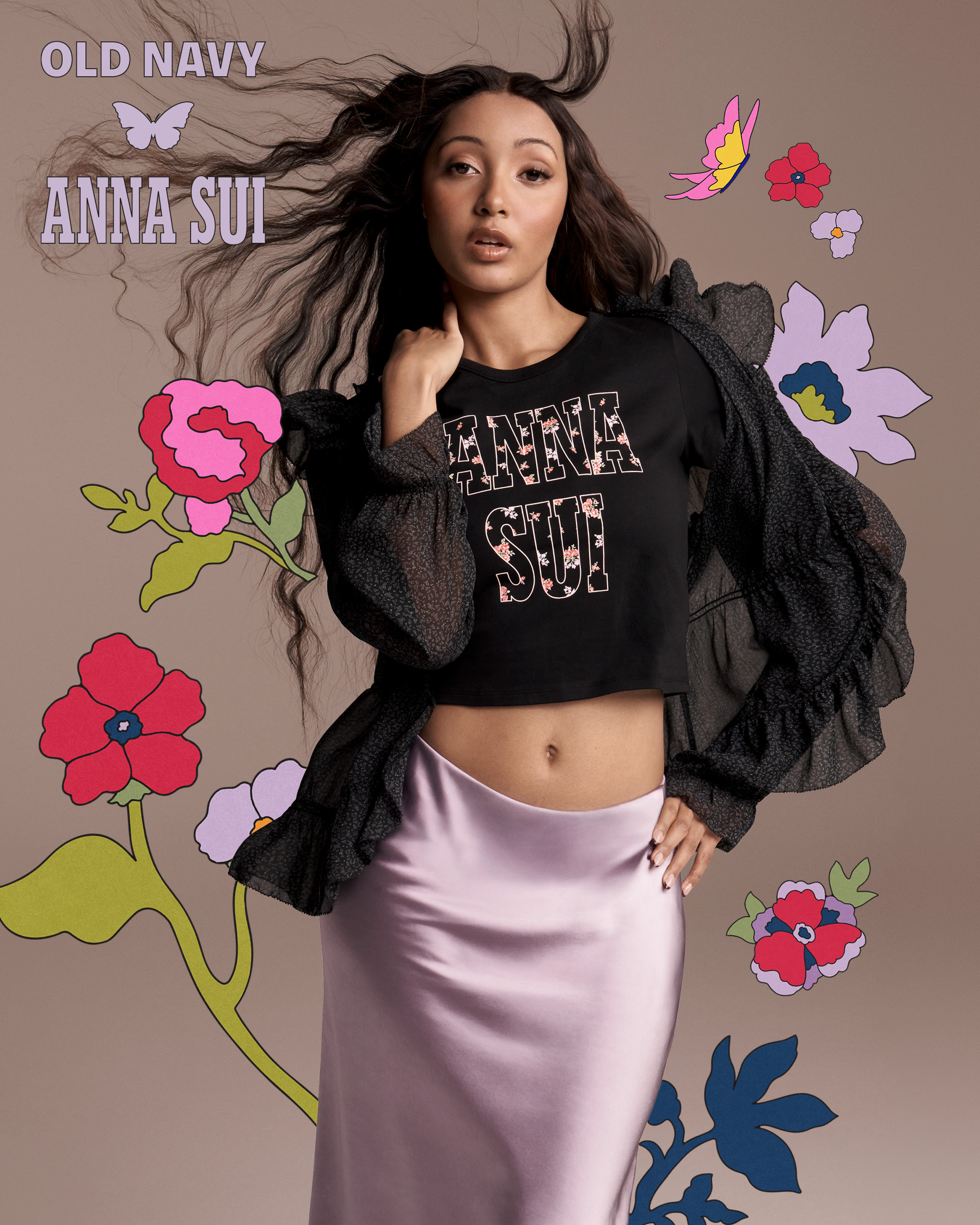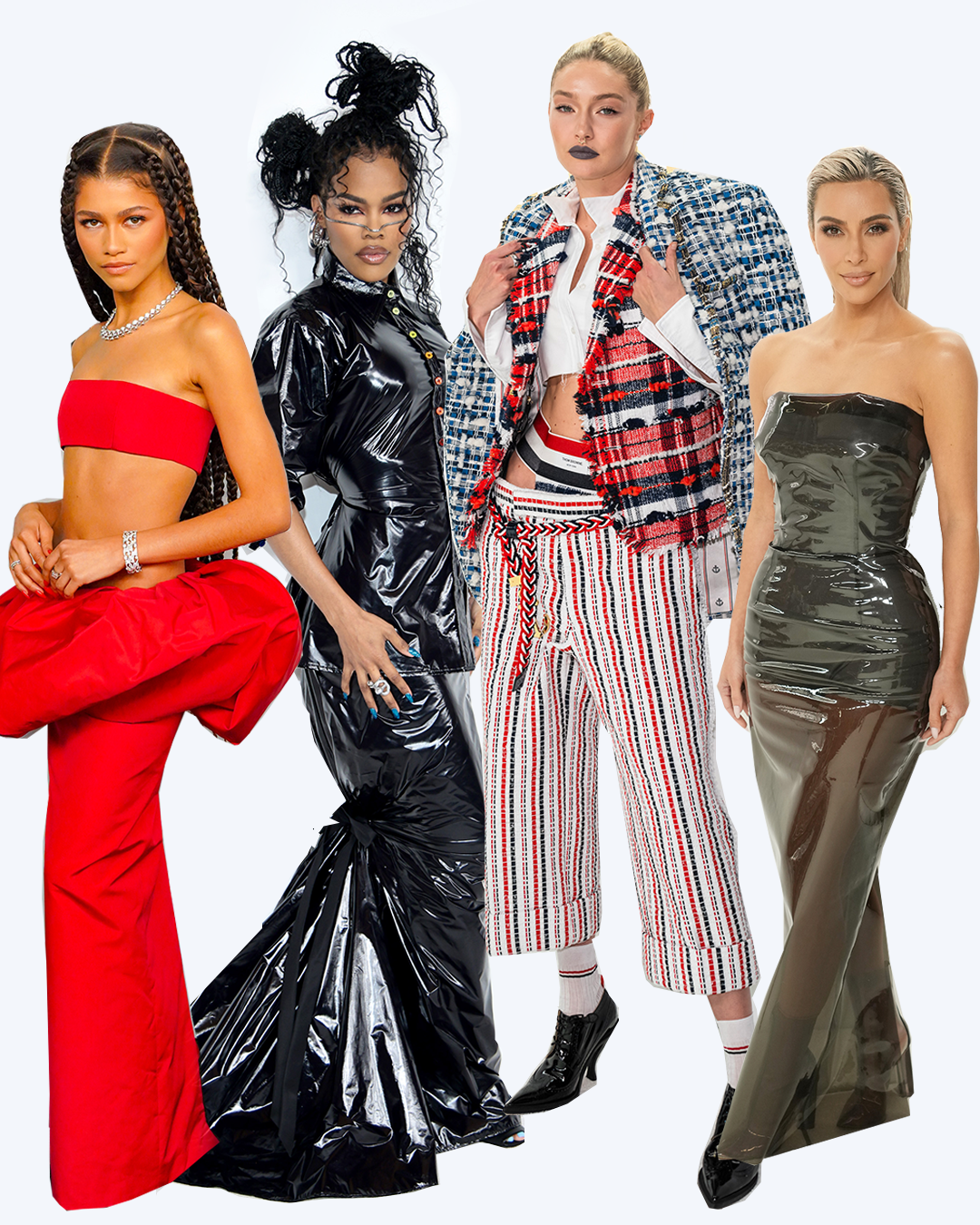There were plenty of designers who could be in the running for that, including Okuma, who has seen success with a slow and steady approach, presenting collections on her own timetable, producing her clothing in L.A., and selling direct-to-consumer as well as on-demand through the Earth to Wear platform.
“I don’t want to take on partners. I’m not looking for that kind of capital where I’m beholden to somebody right now,” said the designer, who has a museum retrospective slated for 2027. “I have grown pretty drastically and yes it’s slow and corporate business doesn’t like it because they are always like ‘we need it now.’ But the way I’m doing it is working.”
“Most successful designers focus on the work, the product, the creativity, and what comes from that is their success,” said Kolb.
Throughout the weekend, seasoned and up-and-coming designers demonstrated different styles and approaches from red carpet to street, one-of-one art pieces to full ready-to-wear collections. They showed at events organized by Bear Robe and other local fashion players, as well as the Southwestern Association of Indian Arts, which also produces runway shows during Santa Fe’s annual Indian Market in August, often incorporating singing, hoop dancing, even skateboarding on the runway.
Stars of hit TV show “Dark Winds” came out to support—and walk the runway–along with “The Walking Dead” actor Norman Reedus, and former Secretary of the Interior Deb Haaland, the first Native American to serve as a U.S. cabinet secretary, who hit the front row.
On Friday night, Amy Denet Deal, a design executive for brands including Puma and Reebok before discovering her Diné roots and starting Santa Fe’s 4Kinship retail store and sustainable fashion brand, hosted “What Sets Us Apart.” The celebration of Indigenous creativity and futurism at the Container Turner Caroll Contemporary Art Space featured the work of queer Diné artists Evan Benally Atwood, Nate Lemeul, and Raven Bright, and a dance performance by queer Burqueno Latinx artist Gabriel Carrion-Gonzales, as well as Indo-Hispano/ Mestizo LVMH Prize semi-finalist Josh Tafoya’s punk rock handwoven wearable art suspended from the ceiling in a dramatic display.
“The idea was that each of us come to our indigeneity in our own way. I’ve been bullied because of mine and other people have, too. We wanted to create conversation about that,” said Deal, who also debuted her first clothing collection made from upcycled Pendleton wool remnants, parachute fabric and crochet doilies at the shipping container-turned-gallery. She built the collection around Tlingit jewelry designer Jennifer Younger’s new pieces.
